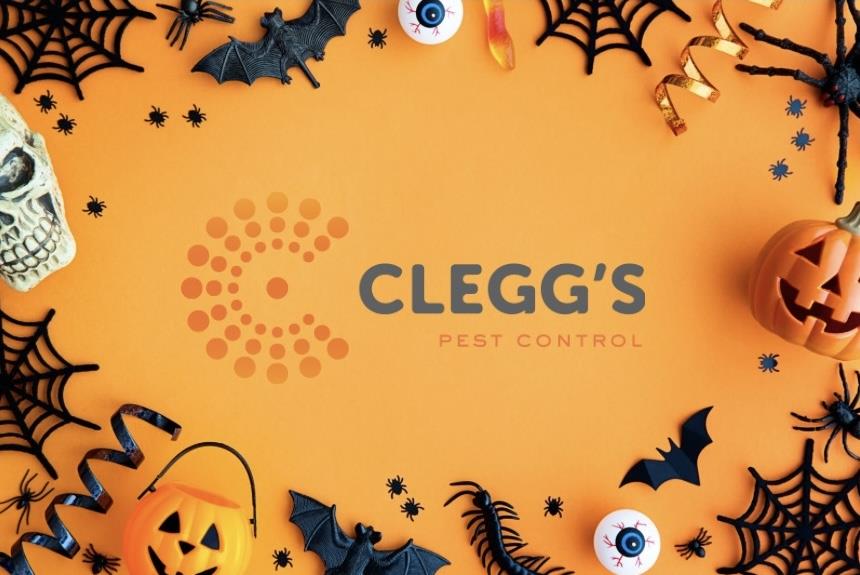
Halloween is all about the spooky, the creepy, and the crawly… but when the “crawly” part comes to life in your kitchen or attic, that’s when things get truly scary!
At Clegg’s Pest Control, we love a good haunted house, just not when it’s your house. Let’s take a lighthearted look at some of the pests that would fit right in at any Halloween celebration… if only they weren’t real!
The Spider: Nature’s Original Web Designer
They’re the masters of cobweb décor, but when the Halloween decorations start moving, it’s time to call in backup. North Carolina’s most common indoor spiders are mostly harmless, but they sure know how to add some ambiance to a dark corner!
🕷️ Pro Tip: Regular dusting and sealing up small entry points can help keep these eight-legged decorators outside where they belong.
The Rat: The Uninvited Guest
Nothing says trick-or-treat like the sound of tiny feet in your attic. Rats and mice are experts at finding warm places to hide as the weather cools off. They might even bring a few spooky surprises, like chewed wires or droppings.
🐀 Pro Tip: Inspect for gaps around doors, vents, and utility lines before temperatures drop. A rat’s skull can squeeze through a hole the size of a quarter!
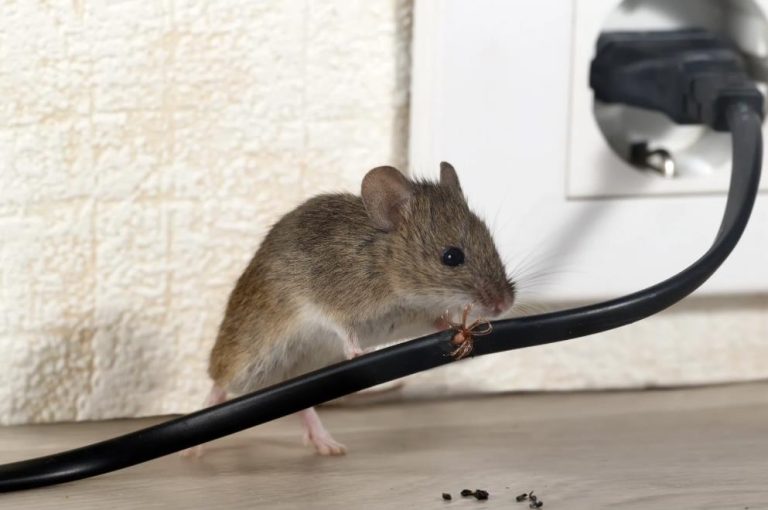
The Cockroach: The Midnight Crawler
If horror movies had a mascot, it would be the cockroach. They scatter at the light, they multiply fast, and they’re tougher than a zombie in a power outage.
🪳Pro Tip: Keep food sealed, take out trash often, and don’t let moisture build up under sinks or in crawlspaces.
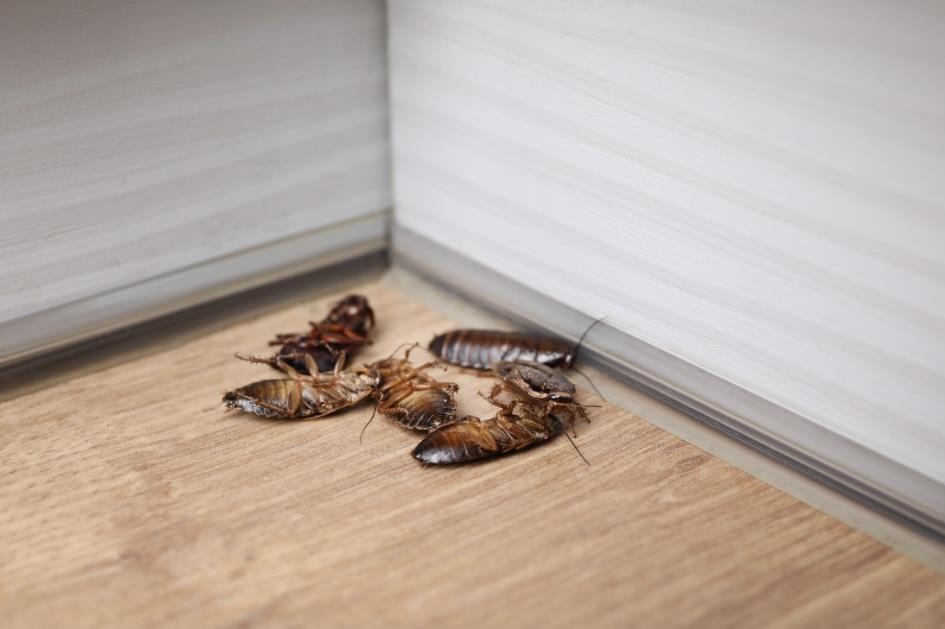
The Bat: Cute at a Distance, Not in Your Attic
Bats are great for the environment because they eat mosquitoes by the hundreds! But when they find their way indoors, it’s a different story. Late summer and fall are peak eviction seasons for bats in North Carolina.
🦇 Pro Tip: Never try to remove bats yourself. Clegg’s licensed wildlife team can safely evict and seal entry points, no garlic or wooden stakes needed.
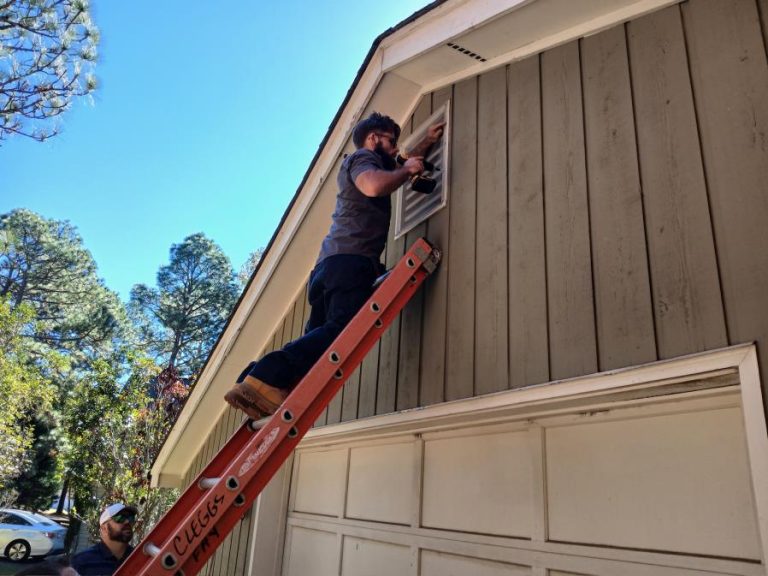
Fall Invaders: The Real Monsters of Autumn
These pests are known as 🍂“Fall Invaders”🍂 and need to be on our radar this time of year. Some of these include:
- Box Elder Bugs
- Asian Lady Beetles
- Brown Marmorated Stink Bugs
- Cluster Flies
- Paper Wasps
- Kudzu Bugs
The bad news? Many of these pests can swarm any random house by the hundreds. The good news? Their treatment strategies are very similar.
Fall Invaders overwinter as adults — their metabolism slows down, they require very little food, and they don’t breed. When temperatures drop, they search for a warm place to spend the winter, often drawn to homes by the heat they emit. Large groups can suddenly appear on the south- or west-facing walls of a house — sometimes literally overnight!
But don’t worry! Clegg’s Pest Control professionals are here to help you with all those pesky Fall Invaders.
Spotlight: Asian Lady Beetles vs. Native Ladybugs
In the U.S., we have two main types of ladybugs: the native ladybird beetle and the Asian lady beetle.
Only Asian lady beetles are nuisance pests because they overwinter in buildings and gather in large groups. They were originally introduced to the U.S. from Asia in 1916 as a biological control for aphids and other crop pests. For decades, they struggled to survive, but by the late 1980s, they had fully adapted and now live in most U.S. states and parts of Canada.
How to tell them apart:
• Asian lady beetles often have a distinct “M” or “W” marking on the pronotum (the shield behind their head).
• Native ladybugs are typically smaller, rounder, and less likely to invade homes.
If you start seeing clusters of 🐞“ladybugs”🐞 inside this fall, they’re probably Asian lady beetles looking for a warm place to ride out the cold months!
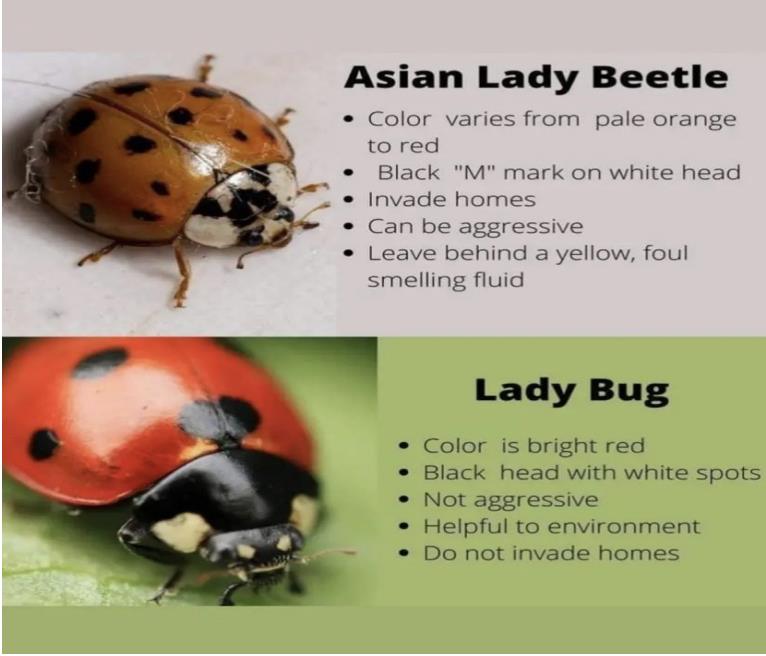
The Good News
While Halloween only lasts one night, pest season doesn’t have to haunt you year-round. Whether it’s spiders, rodents, or anything that goes bump in the crawlspace, Clegg’s has your back with over 60 years of experience keeping North Carolina homes pest-free.
Stay spooky but pest-free this Halloween!
